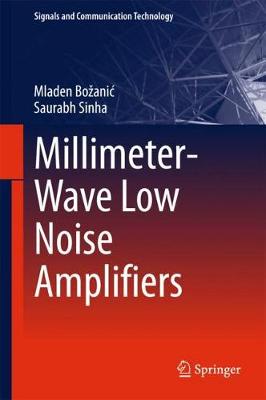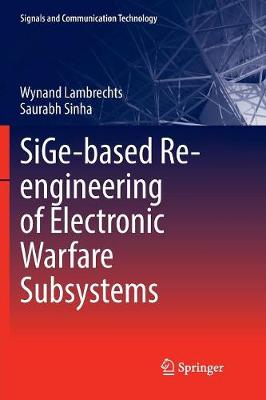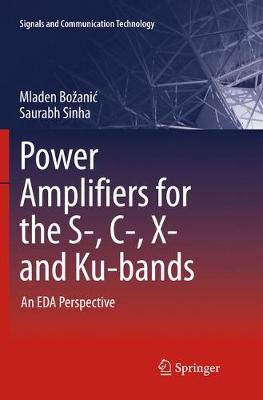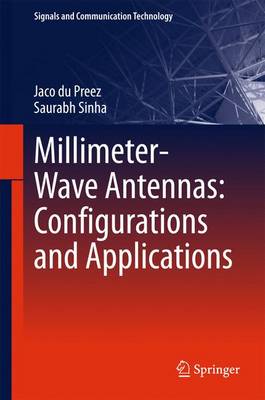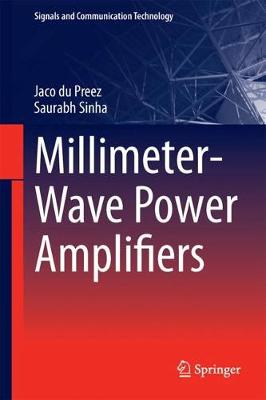Signals and Communication Technology
5 total works
This book is the first standalone book that combines research into low-noise amplifiers (LNAs) with research into millimeter-wave circuits. In compiling this book, the authors have set two research objectives. The first is to bring together the research context behind millimeter-wave circuit operation and the theory of low-noise amplification. The second is to present new research in this multi-disciplinary field by dividing the common LNA configurations and typical specifications into subsystems, which are then optimized separately to suggest improvements in the current state-of-the-art designs. To achieve the second research objective, the state-of-the-art LNA configurations are discussed and the weaknesses of state-of the art configurations are considered, thus identifying research gaps. Such research gaps, among others, point towards optimization - at a systems and microelectronics level. Optimization topics include the influence of short wavelength, layout and crosstalk on LNA performance. Advanced fabrication technologies used to decrease the parasitics of passive and active devices are also explored, together with packaging technologies such as silicon-on-chip and silicon-on-package, which are proposed as alternatives to traditional IC implementation. This research outcome builds through innovation. Innovative ideas for LNA construction are explored, and alternative design methodologies are deployed, including LNA/antenna co-design or utilization of the electronic design automation in the research flow. The book also offers the authors' proposal for streamlined automated LNA design flow, which focuses on LNA as a collection of highly optimized subsystems.
SiGe-based Re-engineering of Electronic Warfare Subsystems
by Wynand Lambrechts and Saurabh Sinha
This book provides readers a thorough understanding of the applicability of new-generation silicon-germanium (SiGe) electronic subsystems for electronic warfare and defensive countermeasures in military contexts. It explains in detail the theoretical and technical background, and addresses all aspects of the integration of SiGe as an enabling technology for maritime, land, and airborne / spaceborne electronic warfare, including research, design, development, and implementation. The coverage is supported by mathematical derivations, informative illustrations, practical examples, and case studies. While SiGe technology provides speed, performance, and price advantages in many markets, to date only limited information has been available on its use in electronic warfare systems, especially in developing nations. Addressing that need, this book offers essential engineering guidelines that especially focus on the speed and reliability of current-generation SiGe circuits and highlight emerging innovations that help to ensure the sustainable long-term integration of SiGe into electronic warfare systems.
Power Amplifiers for the S-, C-, X- and Ku-bands
by Mladen Bozanic and Saurabh Sinha
Millimeter-Wave Antennas: Configurations and Applications
by Jaco du Preez and Saurabh Sinha
This book provides a detailed review of millimeter-wave power amplifiers, discussing design issues and performance limitations commonly encountered in light of the latest research. Power amplifiers, which are able to provide high levels of output power and linearity while being easily integrated with surrounding circuitry, are a crucial component in wireless microwave systems. The book is divided into three parts, the first of which introduces readers to mm-wave wireless systems and power amplifiers. In turn, the second focuses on design principles and EDA concepts, while the third discusses future trends in power amplifier research. The book provides essential information on mm-wave power amplifier theory, as well as the implementation options and technologies involved in their effective design, equipping researchers, circuit designers and practicing engineers to design, model, analyze, test and implement high-performance, spectrally clean and energy-efficient mm-wave systems.
